PhotoLab 4 DeepPRIME — Your Photos Treated! (LIVE Replay)
Photo Moment - October 22, 2020
This is a replay of the LIVE show! I go live every Wednesday at 10am Pacific for a show of random chattering and meandering tech. It's a great place to get any lingering questions you have, answered!
This week I was showing off the brand new DxO PhotoLab 4 DeepPRIME feature, which is an amazing new noise reduction algorithm. I actually brought in viewer-submitted high ISO photos to treat! Here's the best one… this one truly blew me away! Thanks Aaron for the submission — to see a before/after slider of that, check out this page.
Past Shows
What goes into a huge live stream? (Making-of ResolveCon 2022)
Join me and Aaron Parecki as we outline the entire flow of the ResolveCon 2022 Live Stream; a two-day in-person and live streamed event!
It’s been a while… let’s catch up!
It's been forever! Let's catch up a bit… (including a surprise UPS delivery and unboxing of the iPhone 14 Pro in purple!)
Control your cameras over the network (for VIDEO) — LUMIX Tether
LIMIX Tether is a Panasonic app for controlling cameras over USB a network. In this show we'll explore its capabilities with networked BGH1 cameras.
SmallRig V-Mount, DeckLink HDMI Quad for sale, Cloud Store Mini setup, Niimbot Label Maker and more!
This is a lot-of-little-thing show. I'll update you on the V-Mount battery and SmallRig saga, I've got an HDMI card for sale and I'll explain why I've replaced it, I'm setting up a Blackmagic Cloud Store Mini, and I absolutely love this silly little label maker from Niimbot and I want to show it to you!
YoloBox to YoloBox – Can you stream from one Yolo to another?
The YoloBox has the ability to stream from one box to another, and integrate that stream into your show. Let's see how it works!
I won an Aputure Twitter contest! Aputure sent me a FREE light!
Woah… I won Aputure 's twitter giveaway! Let's unbox the the Aputure Amaran 200d and the Aputure Lantern (softbox) — which I'm most excited to check out!
The Best Cameras for Live Streaming // Stream Day 2022
This livestream is part of the Stream Day 22! Join me and a bunch of other live streaming YouTubers to learn all about the art of the LIVE stream!
YoloBox Updates! Everything New in 2022 (so far)
The YoloLiv Tech YoloBox Pro has gotten a few updates since I last looked at it (1.3.1, 1.5.1, 1.6.0 and 1.7.0)… so let's check 'em out!
The BEST way to make your ATEM portable?
If you've ever had to take your ATEM Mini on the road, then you know what a hassle it can be. This line of custom ATEM cases may be just what you need.
Light-a-palooza! All the Lights I Use in Production
I use a lot of different lights in my video productions… some you may have never seen before! So let's go through 'em all, from NanliteUSA, GODOX, Pixel HK and Sutefoto!
GH6 and SmallRig — Rigging up your LUMIX GH6 with ALL the toys!
SmallRig has created a new cage just for the GH6… but of course it doesn't stop there. Witness the power of this fully operational camera cage!
DOES IT WORK?! It’s finally time for a full-on LIVE 4K test!
This was the first live stream in a while… because I've been busy rebuilding and re-tweaking the setup for full 4K live broadcast!
- 1 of 7
- next ›
2nd part of question ... is ISO really relevant or is it just the fact that the image is noisy?
22seconds with HQ.
44seconds with PRIME.
53seconds with DeepPrime.
So it seems DeepPRIME comes with about a ~20% processing penalty over PRIME. But holy smokes the increase in image quality in the case of my test photo was beyond measure. Just incredible!
But when it works as it should, then Luminar is great. But it will always stay combined, at least for now.
DXO 4.0 is a major improvement with deepdenoise. Using a good graphics card is great, and while exporting lots of photos, I still have about 50% of the CPU resources available. This is a lot with my old i9-7900 (10 cores, 20 threads), and it costs about ten times less as the MacPro of Joseph.
Especially considering that I recently upgraded my RAM from 32 to 64 GB (rather cheap for the moment for a PC; impossible to afford for a MacPro for me; my limit is 2000 € for my PC, and a few hundred € for self-upgrading from time to time)
No idea how stable Luminar would be on the MacPro. A comparison of DXO deepdenoise with Topaz denoise would be interesting. No idea what Adobe is doing for the moment. But certainly too expensive, too slow, too complex and not so well advanced in AI (for the moment)
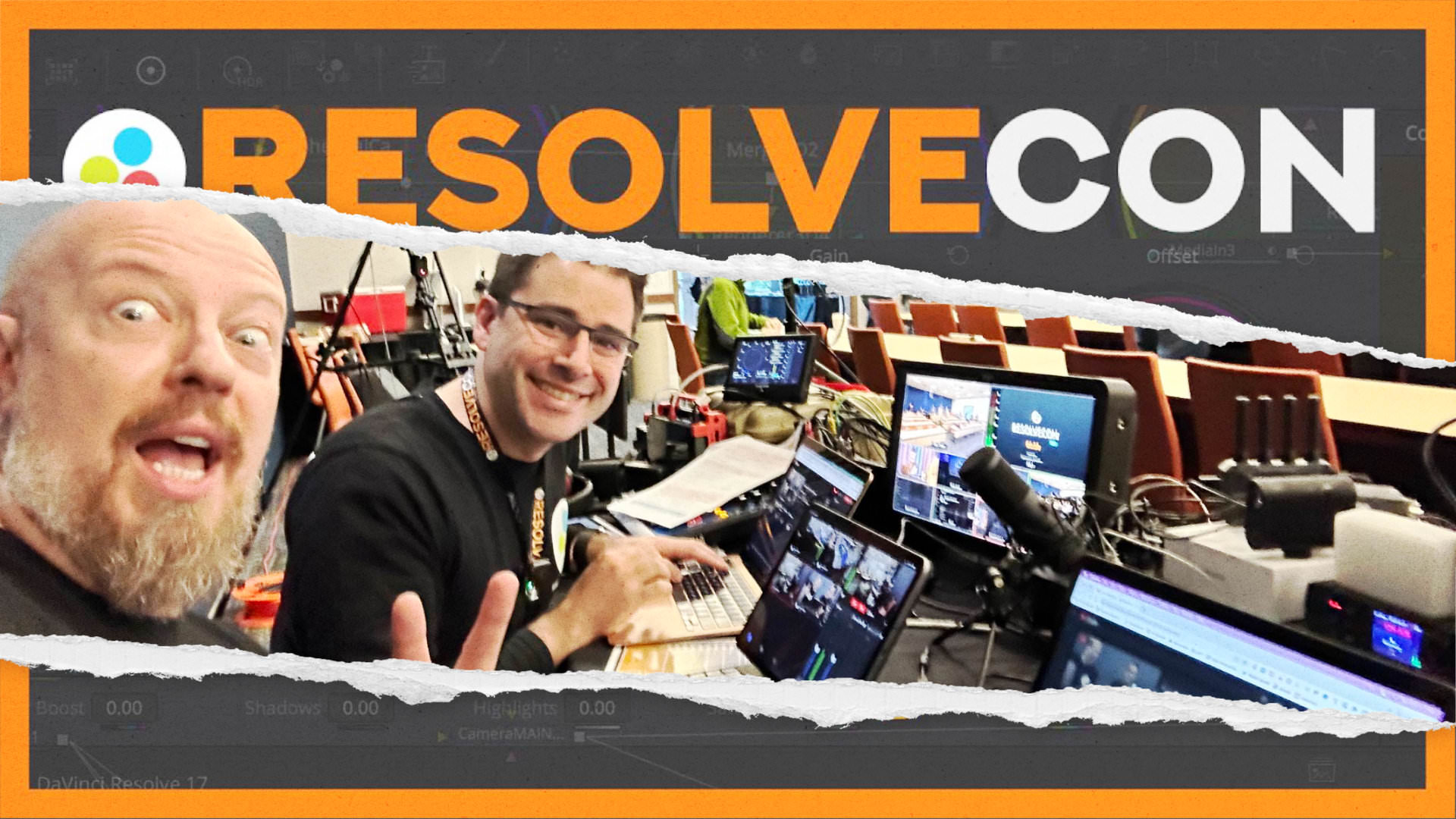
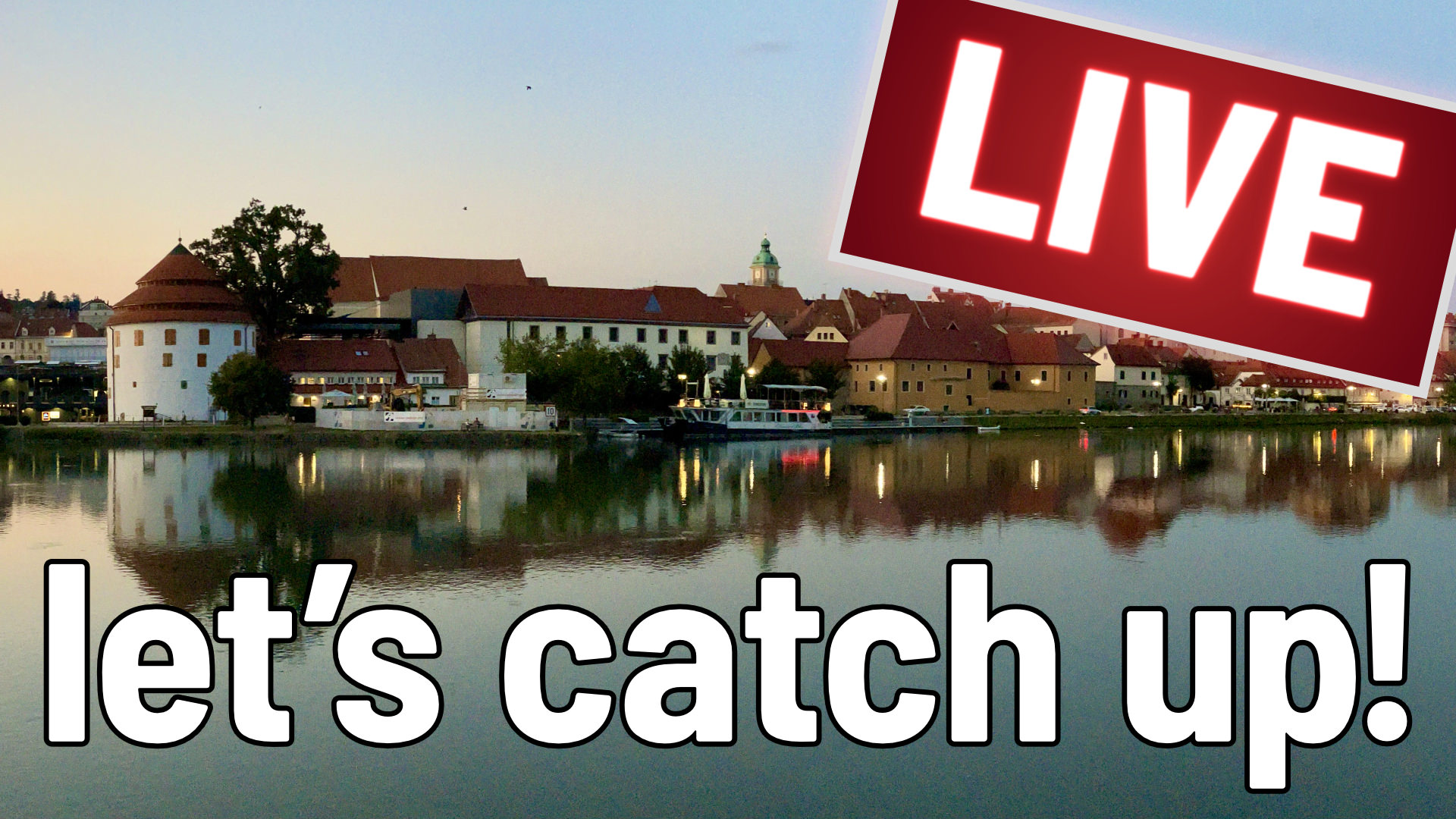

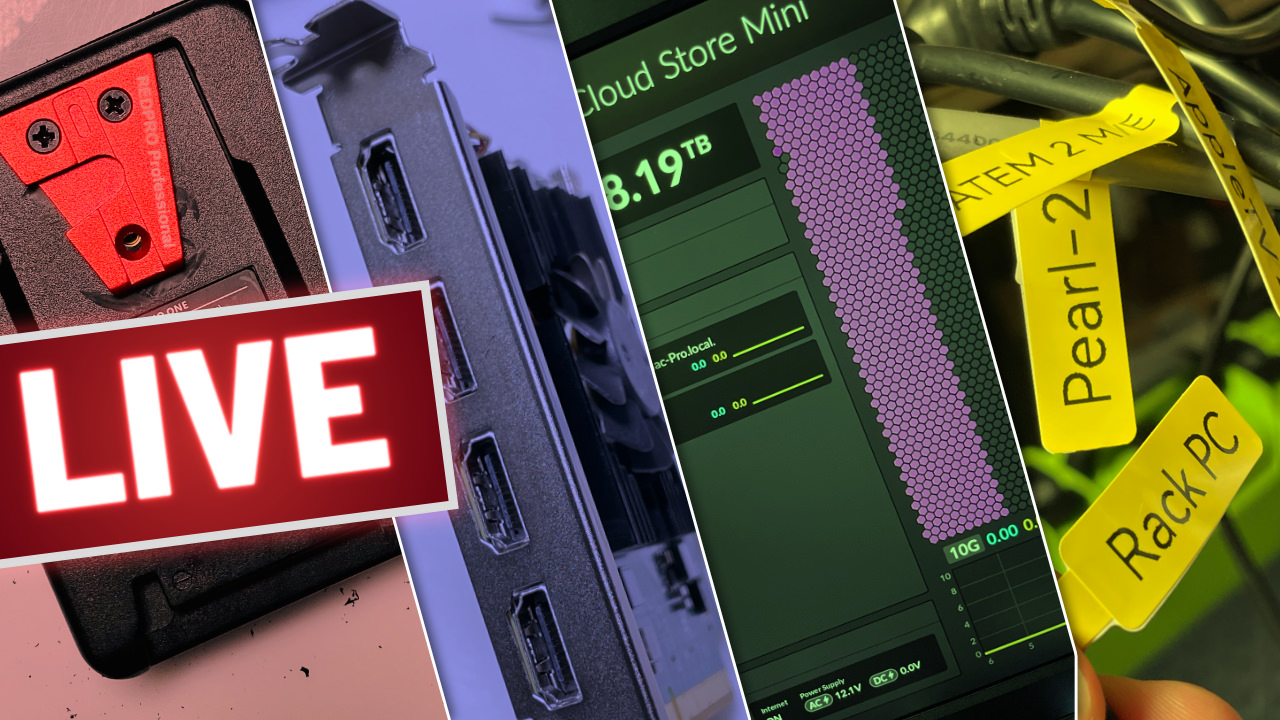

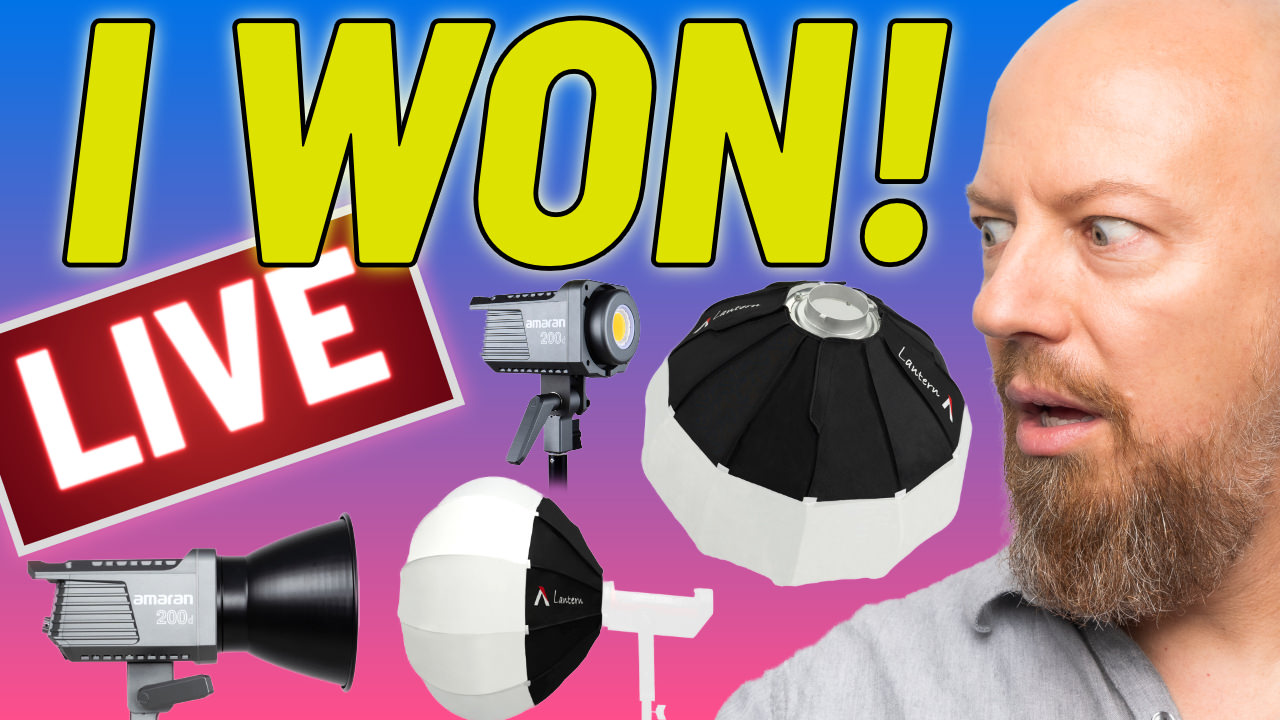
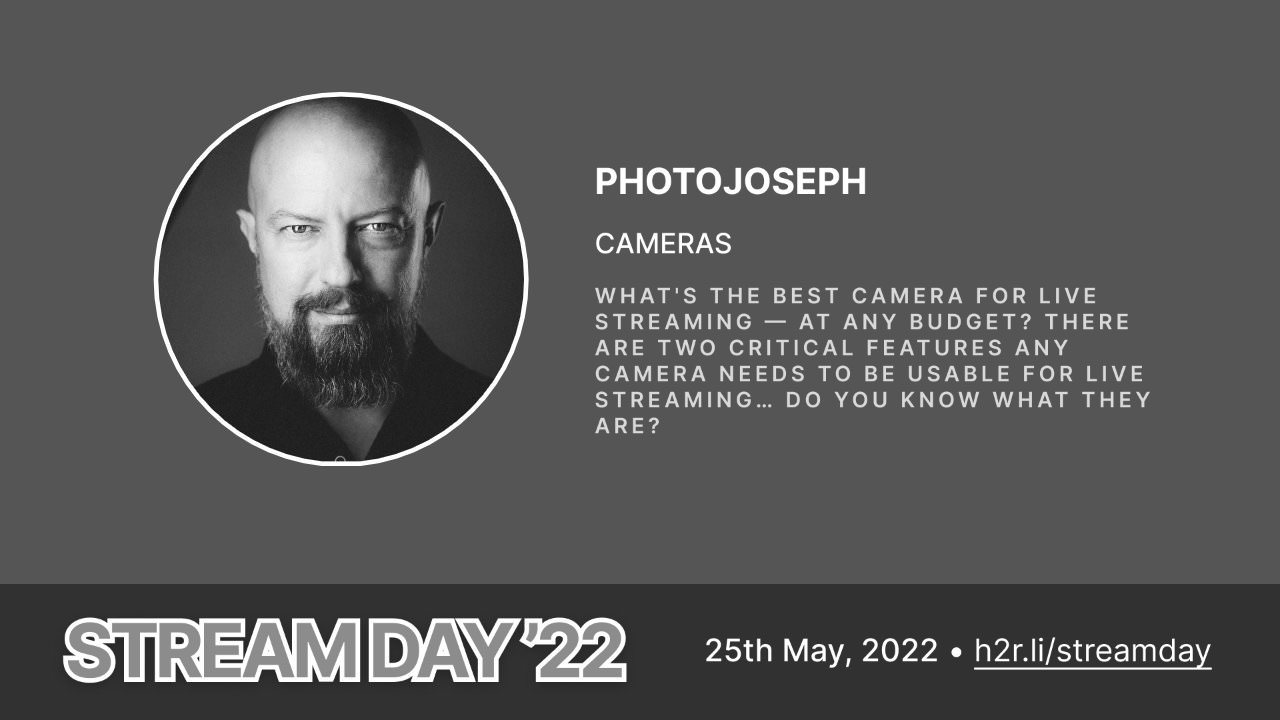

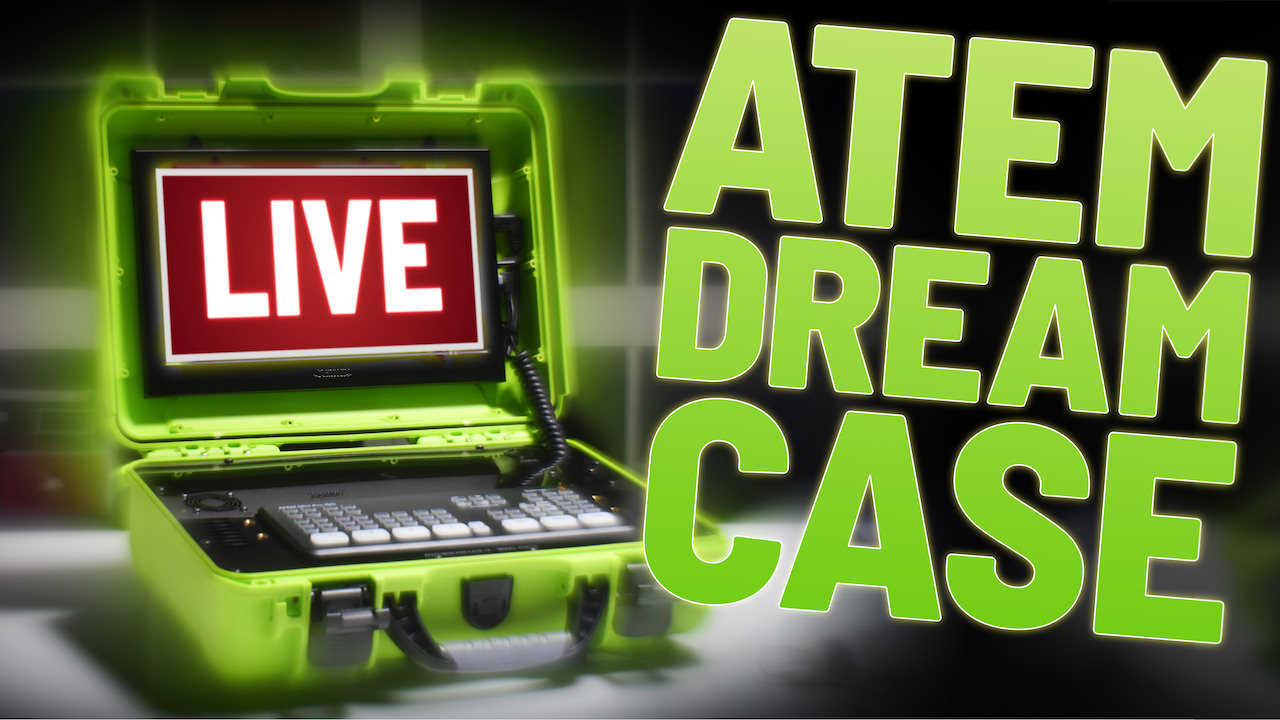
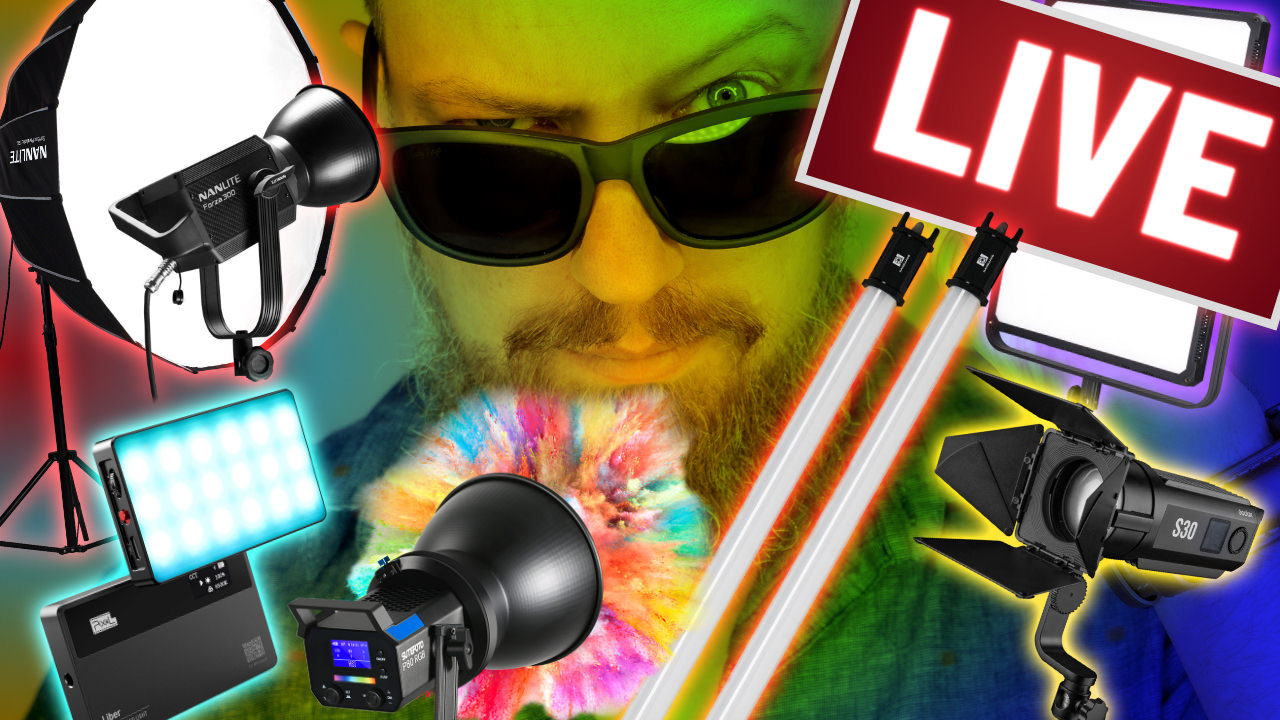
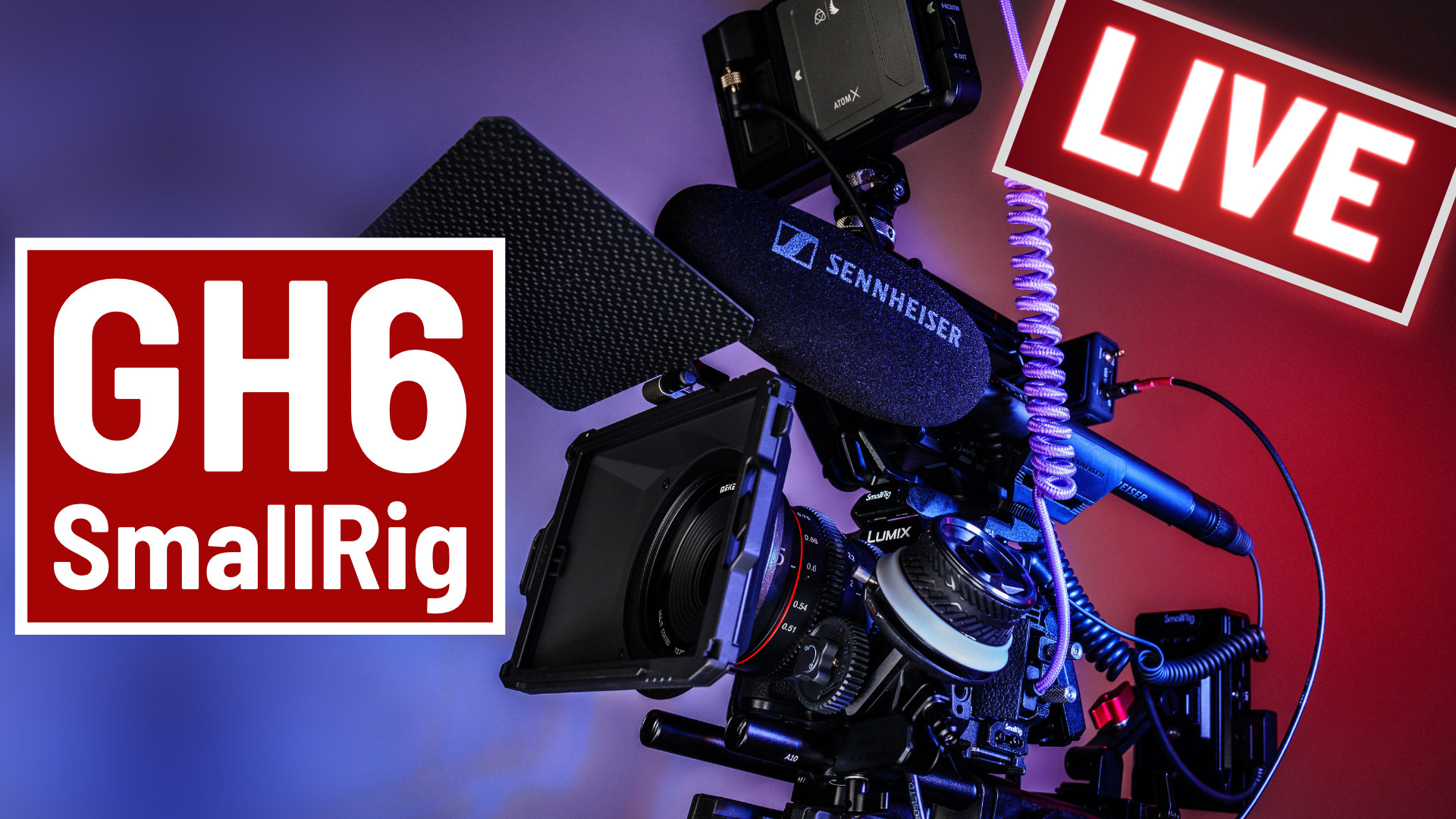
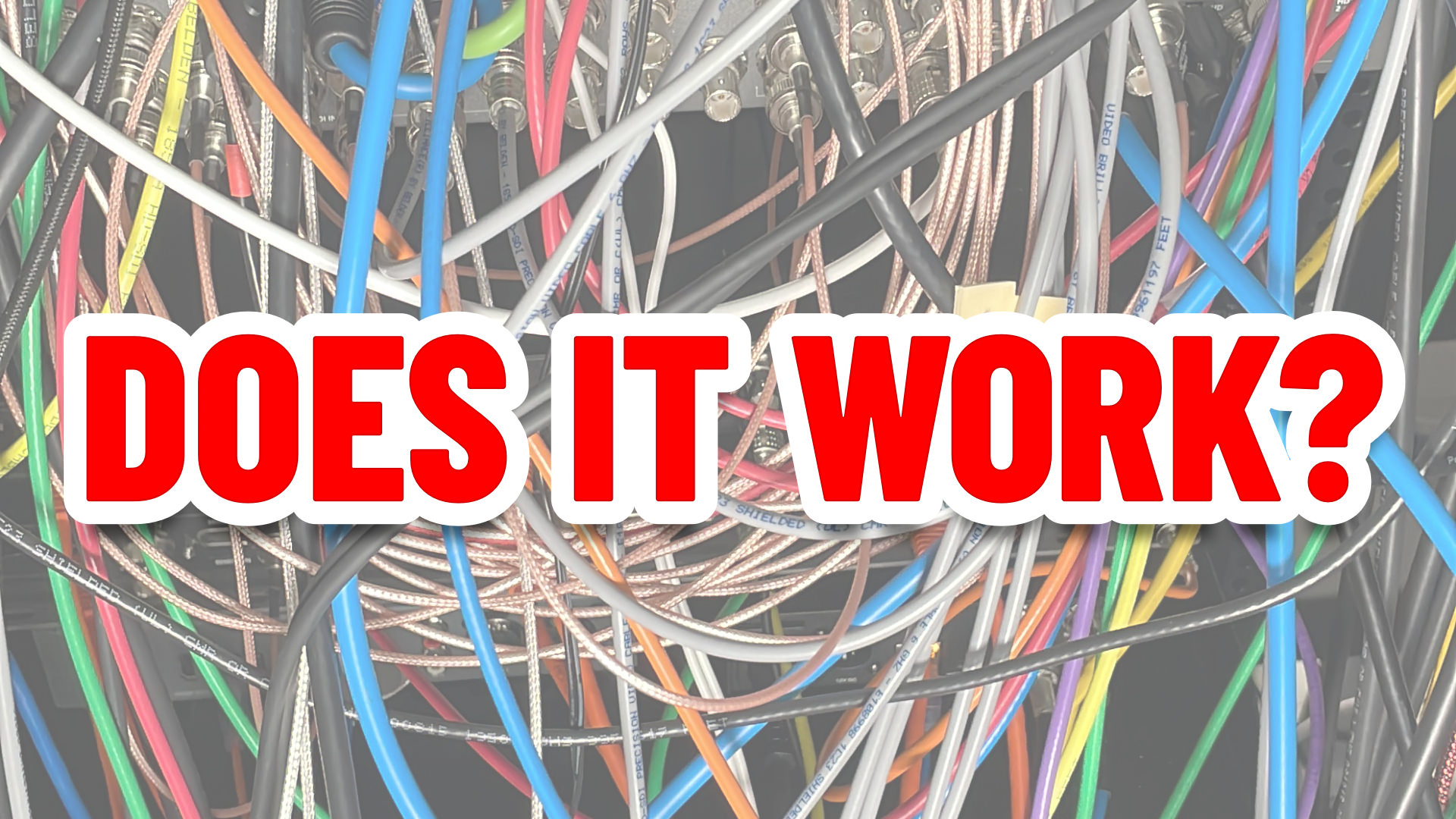
Comments from YouTube